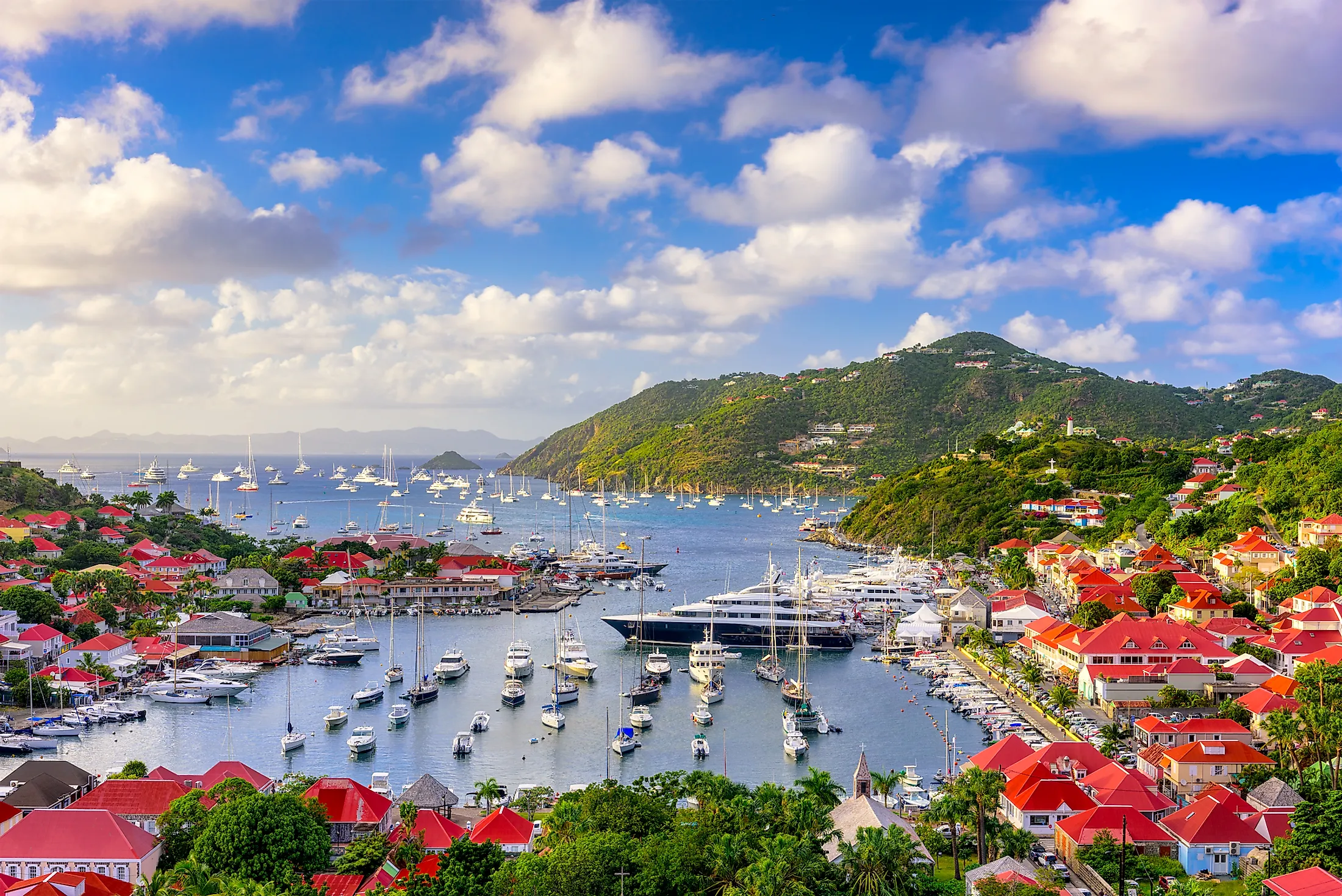
Caribbean Countries
The Caribbean is a region situated to the southeast of the North American mainland and the Gulf of Mexico, north of South America, and east of Central America. Currently, the Caribbean region comprises 13 sovereign countries and many territories/dependencies that are a part of other nations. The entire Caribbean region showcases rich cultural diversity that is a mishmash of different ethnic groups, religions, languages, cuisine, popular music, and customs. The unique Caribbean culture has been deeply influenced by its long history of colonization and the socio-cultural experiences of each of the Caribbean countries.
Caribbean Countries
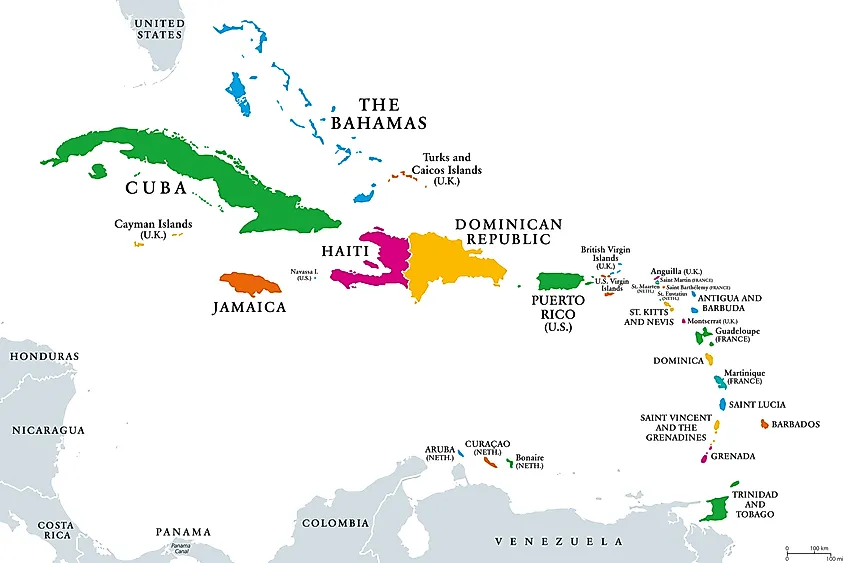
As per the latest census, about 44,636,789 people live in the entire Caribbean region. The Caribbean countries are visited by thousands of tourists annually and are widely known for their warm, tropical climate, sandy beaches, and crystal-clear waters. The 13 Caribbean countries are as follows:
- Antigua and Barbuda
- The Bahamas
- Barbados
- Cuba
- Dominica
- Dominican Republic
- Grenada
- Haiti
- Jamaica
- St. Kitts and Nevis
- St. Lucia
- St. Vincent and the Grenadines
- Trinidad and Tobago
Antigua And Barbuda
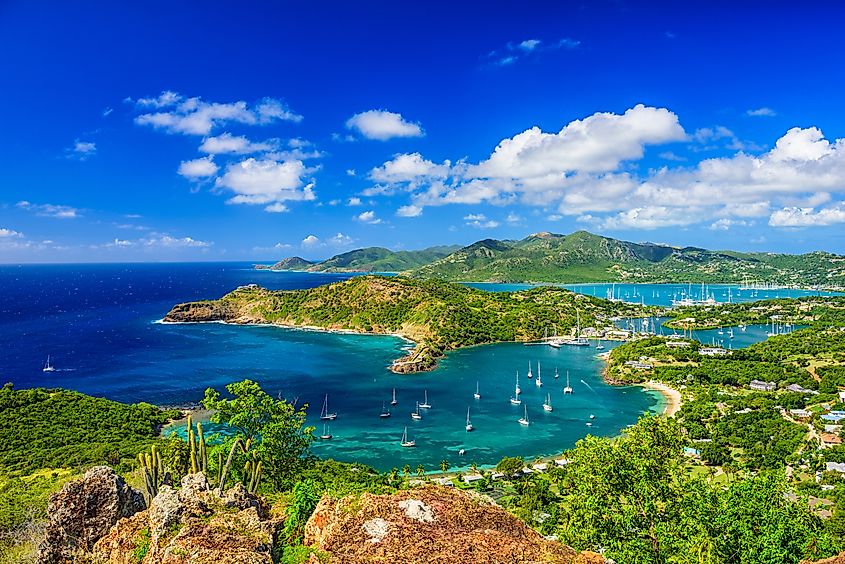
The dual-island sovereign nation of Antigua and Barbuda is situated at the Atlantic Ocean and the Caribbean Sea's confluence in the Leeward Islands, which in turn form a part of the Lesser Antilles group of islands. As its name implies, this sovereign nation is composed of two principal islands, Antigua and Barbuda (which are placed about 40 km apart), and many smaller islands. Covering an area of 281 sq. km, Antigua is the biggest among the two islands, while Barbuda covers an area of only 160.56 sq. km. Situated on Antigua Island's northwestern coast is St. John's, which serves as the capital as well as the most prominent city of Antigua and Barbuda. Situated on Barbuda Island, the town of Codrington is the biggest town in Barbuda. Tourism is the mainstay of the nation's economy and accounts for 80% of the country's GDP. Similar to other island nations, Antigua and Barbuda are also highly at risk from the effects of climate change, such as the rise in sea level and the increased frequency of extreme weather events.
The Bahamas
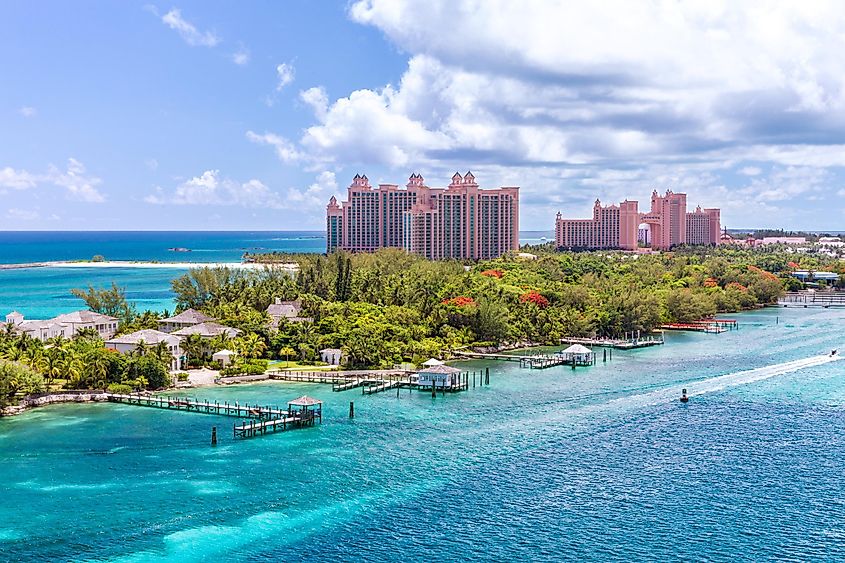
Officially referred to as the Commonwealth of The Bahamas, Bahamas is an archipelagic nation that occupies about 97% of the land area of the Lucayan Archipelago in the Atlantic Ocean. The country comprises over 700 islands, islets, and 2,400 cays occupying a total area of 13,878 sq. km. Covering an area of 5,957 sq. km, Andros is the largest among all the 700 Bahamian islands. Located on the nation’s most populous island New Providence is the primate city of Nassau, which serves as the capital as well as a major economic, commercial, educational, and administrative center of the Bahamas. Tourism and offshore financial services are the mainstays of the country’s economy, and the Bahamas is one of the Americas’ richest independent countries in terms of GDP per capita.
Barbados
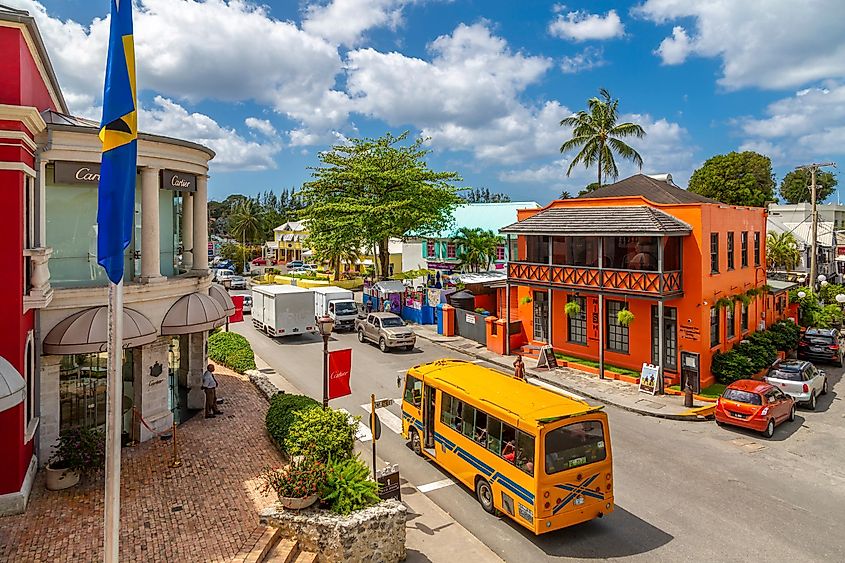
The island nation of Barbados is the easternmost island of the Lesser Antilles Island group in the Caribbean Sea. Bridgetown, the country’s capital and largest city, is situated along Carlisle Bay in the island nation’s southwestern part. Occupying an area of 439 sq. km, Barbados has a population of 287,025 inhabitants, the majority of whom have African ancestry. Though technically, Barbados is an Atlantic Island, its close association with the Caribbean region has made it one of the most well-known tourist destinations.
Cuba
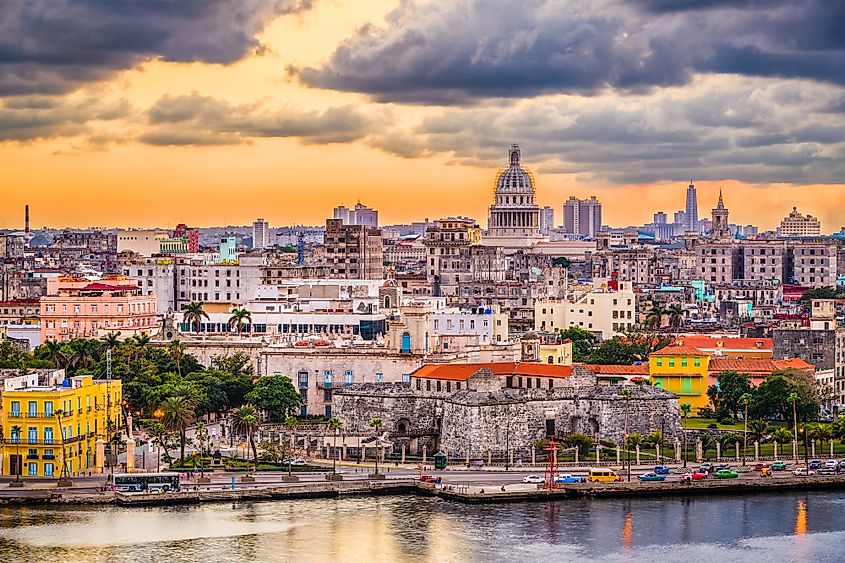
Occupying a land area of 109,884 sq. km, Cuba is the largest and the second-most populous country in the Caribbean. This island nation is situated at the meeting point of the northern Caribbean Sea, with the Atlantic Ocean and the Gulf of Mexico. The US State of Florida is located approximately 150 km across the Straits of Florida from Cuba. Situated along La Habana Bay on the northern coast of Cuba is Havana, which serves as the country’s capital as well as its principal administrative, commercial, and industrial center. Cuba is a multiethnic country, with 72% of its population being of European descent, 8% being indigenous, and 20% being of African descent. The country’s economy is mainly dominated by tourism and exports of coffee, sugar, tobacco, and skilled labor.
Dominica
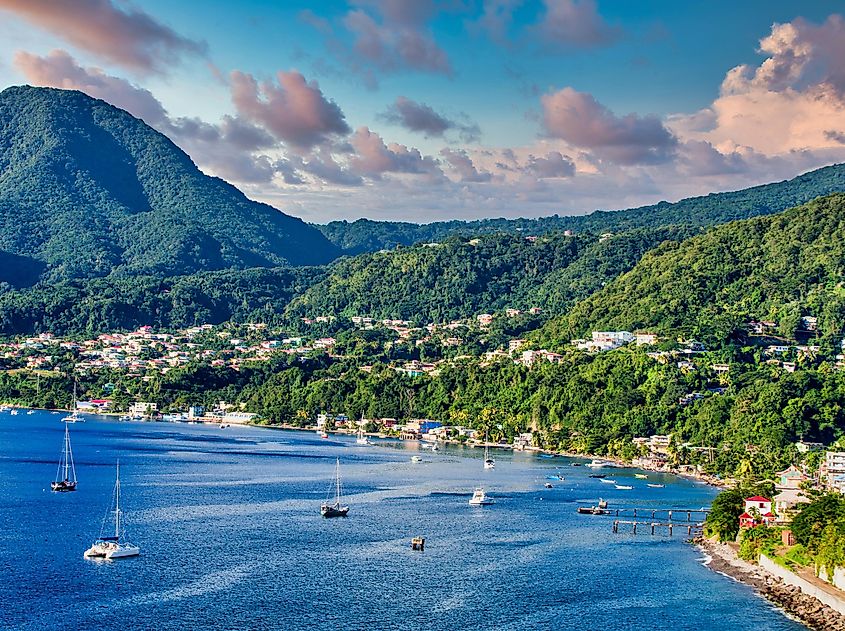
Dominica is an island nation situated in the Lesser Antilles archipelago’s Windward Islands chain in the Caribbean Sea. Covering an area of 750 sq. km, the spectacular natural environment of this island nation has earned it the nickname “Nature Island of the Caribbean.” Placed at the mount of River Roseau on the island nation’s southwestern coast is Roseau, which serves as the country’s capital, as well as its administrative, economic and commercial center. Dominica is home to about 72,412 people, most of whom are of African descent. It is also the only Eastern Caribbean island with a high population of indigenous Kalinago inhabitants.
Dominican Republic
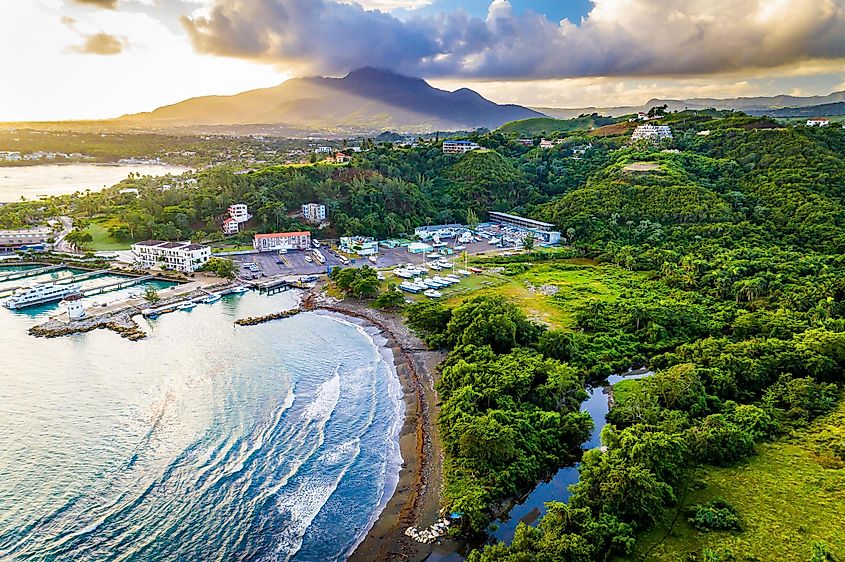
The Dominican Republic covers the eastern five-eighths of Hispaniola Island in the Caribbean’s Greater Antilles archipelago. Occupying an area of 48,671 sq. km, it is the second-largest country in the Antilles. This Spanish-speaking nation has a population of 11,117,873 inhabitants. Placed along the Ozama River on Hispaniola Island’s southern coast is Santo Domingo, which serves as the country’s capital as well as its commercial, industrial, and administrative center. The country has the biggest economy in the Caribbean and the Central American region. Following the 2008 financial crisis, Dominican Republic has become one of Latin America’s fastest-growing economies.
Grenada
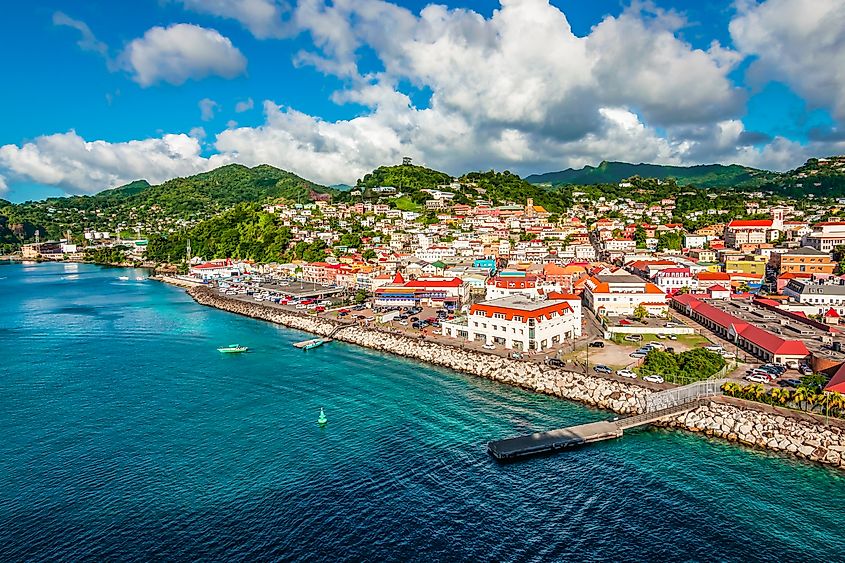
Situated on the southern edge of the Grenadines Island chain is the island country of Grenada, which is made up of one principal island, two smaller islands, and many small islands. Covering an area of 348.5 sq. km, Grenada is also referred to as the “Island of Spice” for its mace and nutmeg productions. Situated on a horseshoe-shaped harbor, St. George’s serves as the country’s capital and a well-known tourist destination in the Caribbean region. The island nation has a population of 124,610 inhabitants, and tourism is the mainstay of the country’s economy.
Haiti
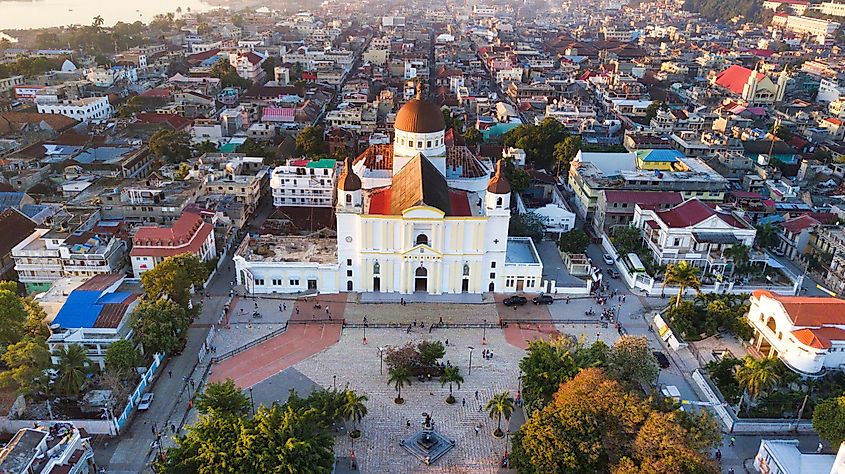
Haiti covers the western three-eighths of the Hispaniola Island in the Caribbean’s Greater Antilles archipelago. Occupying an area of 27,750 sq. km and with an estimated population of 11.4 million, Haiti is the Caribbean’s 3rd largest and most populous nation. Situated on the Gulf of Gonave is Port-au-Prince, which serves as the country’s capital as well as its administrative and commercial center. Currently, Haiti is witnessing a socioeconomic and political crisis marked by civil unrest, widespread protests, acute hunger, and increased criminal activities.
Jamaica
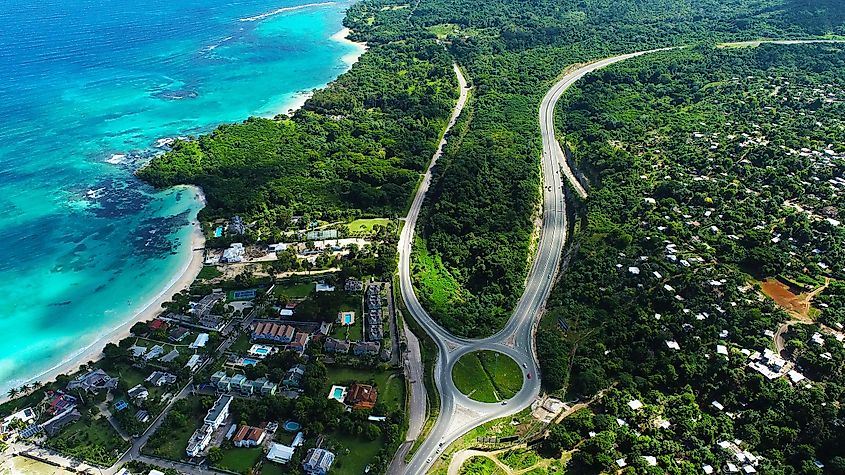
Occupying an area of 10,990 sq. km, Jamaica is the Caribbean and Greater Antilles’ third-largest island. Situated on the island’s southeastern coast is Kingston, which serves as the country’s capital and crucial business center. Having a population of 2.8 million inhabitants, Jamaica is the Caribbean’s 4th most populous country and the Americas’ third most populous English-speaking nation. Tourism is the mainstay of this island nation’s economy, and the country welcomes an average of 4.3 million tourists annually.
Saint Kitts And Nevis
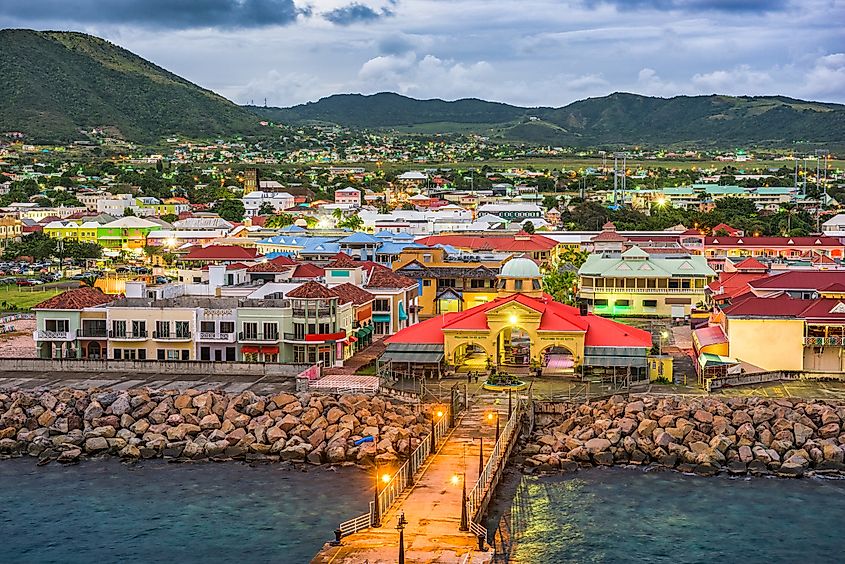
Saint Kitts and Nevis is situated in the Lesser Antilles archipelago’s Leeward Islands chain in the eastern Caribbean Sea. This dual island nation is Western Hemisphere’s smallest sovereign nation and covers a total area of 261 sq. km. Placed on the southwestern coast of the bigger Saint Kitts Island is Basseterre, which serves as the nation’s capital as well as its administrative, economic, and industrial center.
Saint Lucia
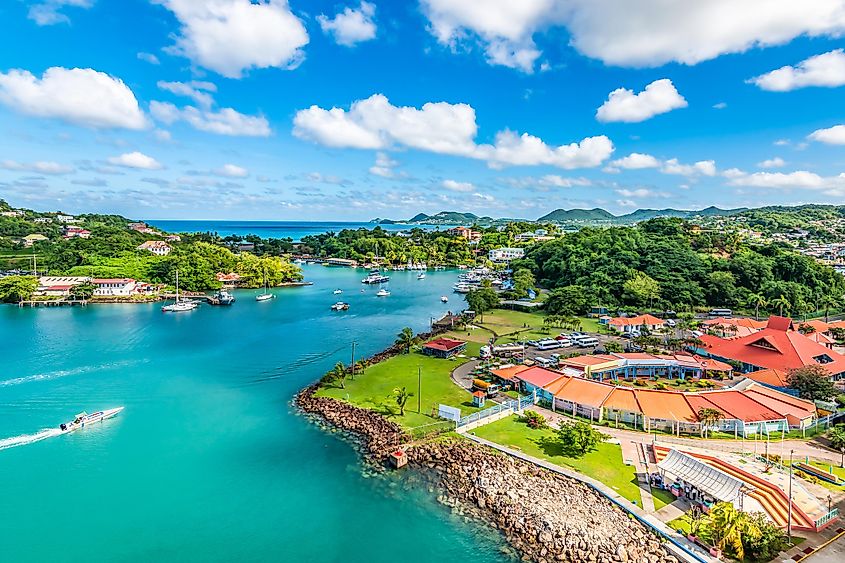
This island nation forms a portion of the Lesser Antilles archipelago’s Windward Islands chain in the eastern Caribbean Sea. Occupying a total land area of 617 sq. km, the volcanic island of Saint Lucia is widely known for Gros Piton and Petit Piton - the spectacular twin peaks. Situated on the island nation’s northwestern coast is Castries, which serves as the country’s capital as well as its major deep-water harbor. The country has a population of 179,651 inhabitants, with the majority being of African or Afro-European descent.
Saint Vincent And The Grenadines
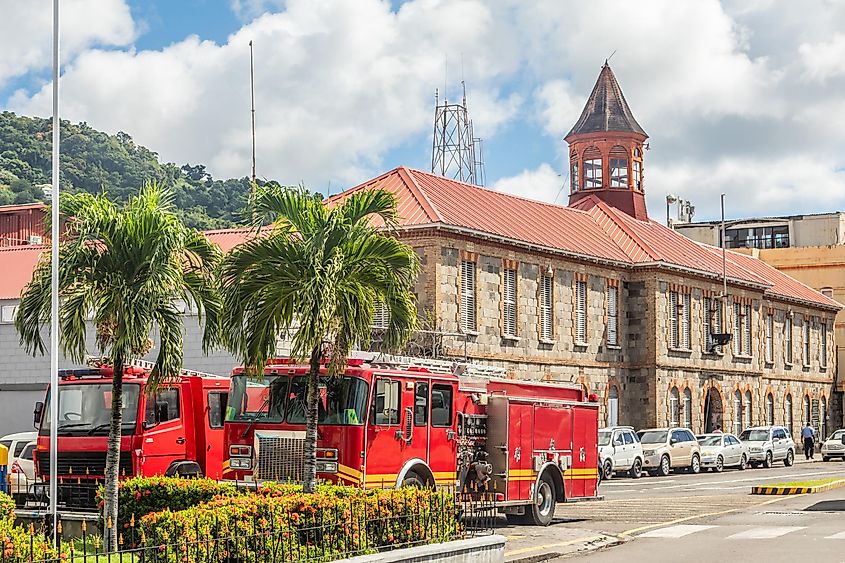
Forming a part of the Lesser Antilles archipelago’s Windward Islands chain, this island nation is made up of the bigger Saint Vincent Island and the two-thirds portion of the northern Grenadine islands with about 32 smaller islands. Located on Saint Vincent Island’s southwestern coast is Kingstown, which serves as the country’s capital as well as its commercial and economic center. The island nation has a population of approximately 104,332 inhabitants and a population density of 300 inhabitants per sq. km.
Trinidad and Tobago
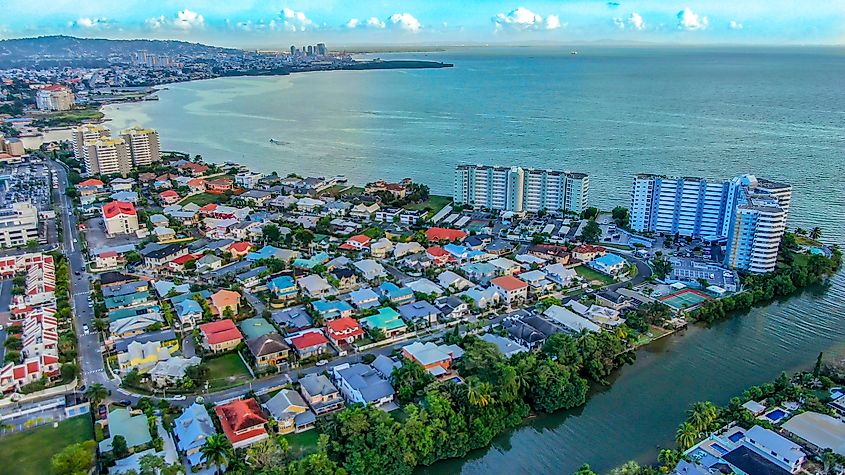
Trinidad and Tobago is a twin-island nation situated at the southern extremity of the Lesser Antilles archipelago, comprising the major islands of Trinidad and Tobago and several smaller islands. The island country covers a total area of 5,131 sq. km, with Trinidad being the bigger and the most populous of the two main islands. Situated on Trinidad Island’s northwestern coast along the Gulf of Paria is Port of Spain, which serves as the country’s capital as well as its major administrative and financial center. The petroleum and petrochemical industries form the mainstay of this country’s economy, unlike the economies of other Caribbean nations that are heavily dependent on tourism.
Caribbean Territories
Besides these 13 sovereign nations, there are a number of territories in the Caribbean region that are dependencies of other nations. The largest among these dependencies is Puerto Rico, an unincorporated US territory. The Virgin Islands are also a US unincorporated and organized territory. The United Kingdom also has several dependencies in the Caribbean region, including the Turks and Caicos Islands, Cayman Islands, British Virgin Islands, Anguilla, and Montserrat. Some dependencies like Guadeloupe, Martinique, Saint Martin, and Saint Barthelemy are administered by France, whereas territories like Curacao, Bonaire, Aruba, Saba, Sint Eustatius, etc., are under the Kingdom of the Netherlands.
Caribbean Countries By Population
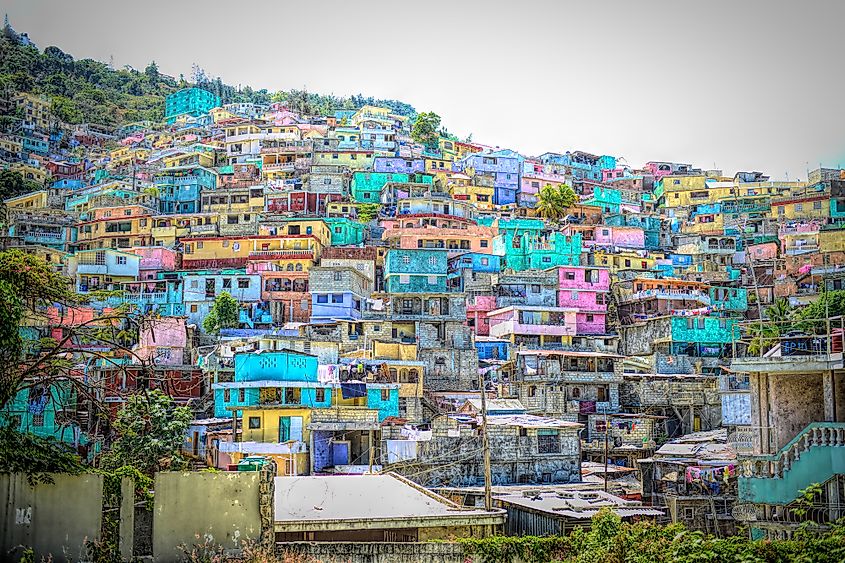
As per the 2021 population estimation, Haiti is the most populous Caribbean nation, followed by Cuba and the Dominican Republic. Saint Kitts and Nevis has the lowest population among the Caribbean countries, with 47,606 inhabitants. As per a recent analysis, a diminishing population is predicted for the Caribbean and Latin America region beginning in 2059. The slowdown is mainly due to the negative migration balances and falling fertility rate.
Caribbean Economy
Tourism, agriculture, and natural resources form the backbone of the Caribbean region’s economy. Some of the most precious minerals in the international market are from the three Caribbean nations of Cuba, Jamaica, and Trinidad and Tobago. In many Caribbean countries, agriculture is the principal economic land-use activity. Besides agriculture, forestry and fisheries also significantly contribute to the region’s GDP. When ranked by GDP per capita, the Bahamas is the wealthiest nation, with a GDP per capita of USD 28,239.37. Saint Kitts and Nevis, and Barbados rank 2nd and 3rd, respectively, with GDP per capita of USD 18,230.13 and USD 17,033.94. Haiti has the lowest GDP per capita of USD 1,814.67.
Caribbean Countries
| Rank | Country | Capital | Population | GDP per capita |
|---|---|---|---|---|
| 1 | Antigua and Barbuda | St. John's | 93,219 | 14,900.80 |
| 2 | The Bahamas | Nassau | 407,906 | 28,239.37 |
| 3 | Barbados | Bridgetown | 287,025 | 17,033.94 |
| 4 | Cuba | Havana | 11,256,372 | 9,477.85 |
| 5 | Dominica | Roseau | 72,412 | 7,559.98 |
| 6 | Dominican Republic | Santo Domingo | 11,117,873 | 8,603.79 |
| 7 | Grenada | St. George's | 124,610 | 9,928.62 |
| 8 | Haiti | Port-au-Prince | 11,447,569 | 1,814.67 |
| 9 | Jamaica | Kingston | 2,827,695 | 4,586.65 |
| 10 | Saint Kitts and Nevis | Basseterre | 47,606 | 18,230.13 |
| 11 | Saint Lucia | Castries | 179,651 | 9,571 |
| 12 | Saint Vincent and the Grenadines | Kingstown | 104,332 | 7,996.61 |
| 13 | Trinidad and Tobago | Port of Spain | 1,525,663 | 15,243.12 |











